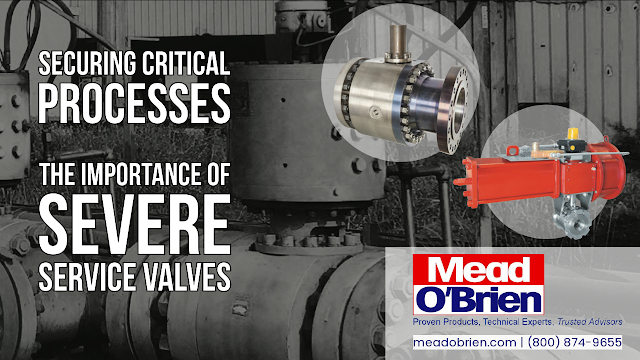Direct gas-powered scotch yoke actuators are critical in automating industrial valves, particularly in environments where high-pressure natural gas or other high-pressure fluids are readily available. These actuators convert the energy from high-pressure gas into mechanical motion, enabling the precise operation of large valves, including ball, plug, and butterfly valves. Their robust design and reliability make them essential in high-stakes applications such as gas transmission and petrochemical processing.
The operation of a direct gas-powered scotch yoke actuator hinges on the scotch yoke mechanism, a well-regarded design for its ability to generate high torque in a compact form. When high-pressure gas enters the actuator's cylinder, it exerts force on a piston. This piston is connected to a sliding yoke attached to a crank arm. As the piston moves under the force of the gas, the yoke slides, causing the crank arm to rotate. This rotational motion is then transferred to the valve stem, causing the valve to open or close depending on the direction of the rotation.
One of the defining characteristics of the scotch yoke mechanism is its ability to produce a high torque output at the beginning and end of the valve stroke. This feature is particularly advantageous in valve automation because it matches the torque profile required by many valves, which often need higher torque to unseat from a closed position and achieve the final seal during closure. In many heavy-duty applications, the scotch yoke actuator's ability to deliver peak torque at these critical moments makes it more efficient and effective than other actuator designs, such as the rack and pinion mechanism.
Direct gas-powered scotch yoke actuators are favored in remote or hazardous locations where electricity is unreliable or unsafe. In natural gas pipelines, for instance, the actuator can utilize the gas being transported through the pipeline as its power source, eliminating the need for an external power supply and reducing the complexity of the installation. This capability not only enhances the reliability of the system but also lowers operational costs.
In the oil and gas industry, direct gas-powered scotch yoke actuators are essential for ensuring safe and reliable valve automation across various operations. They play a critical role in controlling the flow of hydrocarbons within refineries, gas processing plants, and other key facilities where precision and safety are of the utmost importance. Thanks to their high torque output and robust design, these actuators are particularly well-suited for managing the large, high-pressure valves commonly encountered in such environments.
Scotch yoke actuators' ability to convert high-pressure gas into powerful rotational force makes them indispensable in oil and gas settings that demand reliability and efficiency. Their simple yet effective mechanism perfectly aligns with the industry's need for consistent performance in operating large industrial valves. From upstream applications like wellhead control to downstream processes such as refining and distribution, these actuators ensure the safe and efficient management of critical flow processes, contributing to the overall safety and productivity of oil and gas operations.
https://meadobrien.com
(800) 874-9655






